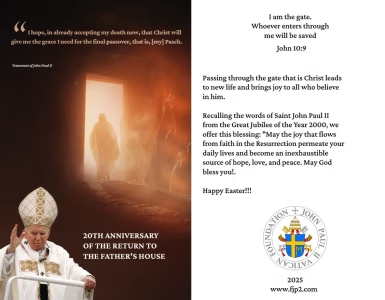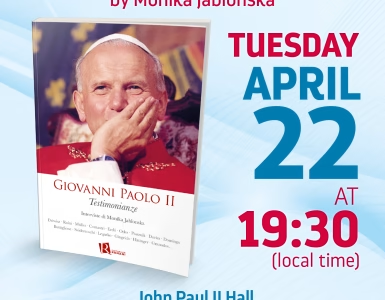In the gardens we have three hundred species and more than six and a half thousand actual plants! All of them are cataloged. Most of them are plants that have developed in our country on the spot, but there are also species from other countries that have been adopted in the Vatican, donated to the Pope by foreign delegations. I remember that right next to the Grotto of Lourdes we planted an olive tree, which in 1995 was offered to John Paul II by Israel to commemorate the resumption of diplomatic relations. Another time we planted twenty trees of a cherry blossom, which came as a gift to the Holy Father straight from Japan. There are also plants from completely unusual species, such as erythrin, coral tree, from the late nineteenth century. It has wonderful vivid red flowers and is one of the most valuable specimens that can be found in the Vatican Gardens. It was planted by Leo XIII just below the radio tower.
We usually worked alone, each with his own piece of grass and his own thoughts. Sometimes we helped each other. Spring or autumn pruning of branches was, for example, quite a challenge and I needed a friend who would belay me standing on a high ladder. And, in larger groups, we worked on extraordinary events. With John Paul II, there were a lot of these opportunities – there was no break!
The Pope was amazing; he did not stop for a moment. I came to the gardens in November, exactly six months after the May assassination, and I saw how quickly he recovered and began to act again with impetus. His calendar has always been filled to the brim, and I mean not only solemn Masses, but also all kinds of audiences, meetings with young people, prayer vigils, great beatifications and canonizations that have gone down in history, such as the elevation to the altars of Padre Pio or Mother Teresa of Calcutta.
Magdalena Wolińska-Riedi “It happened in the Vatican”
Znak Publishing House. Kraków 2020
Pages: 132 – 134





